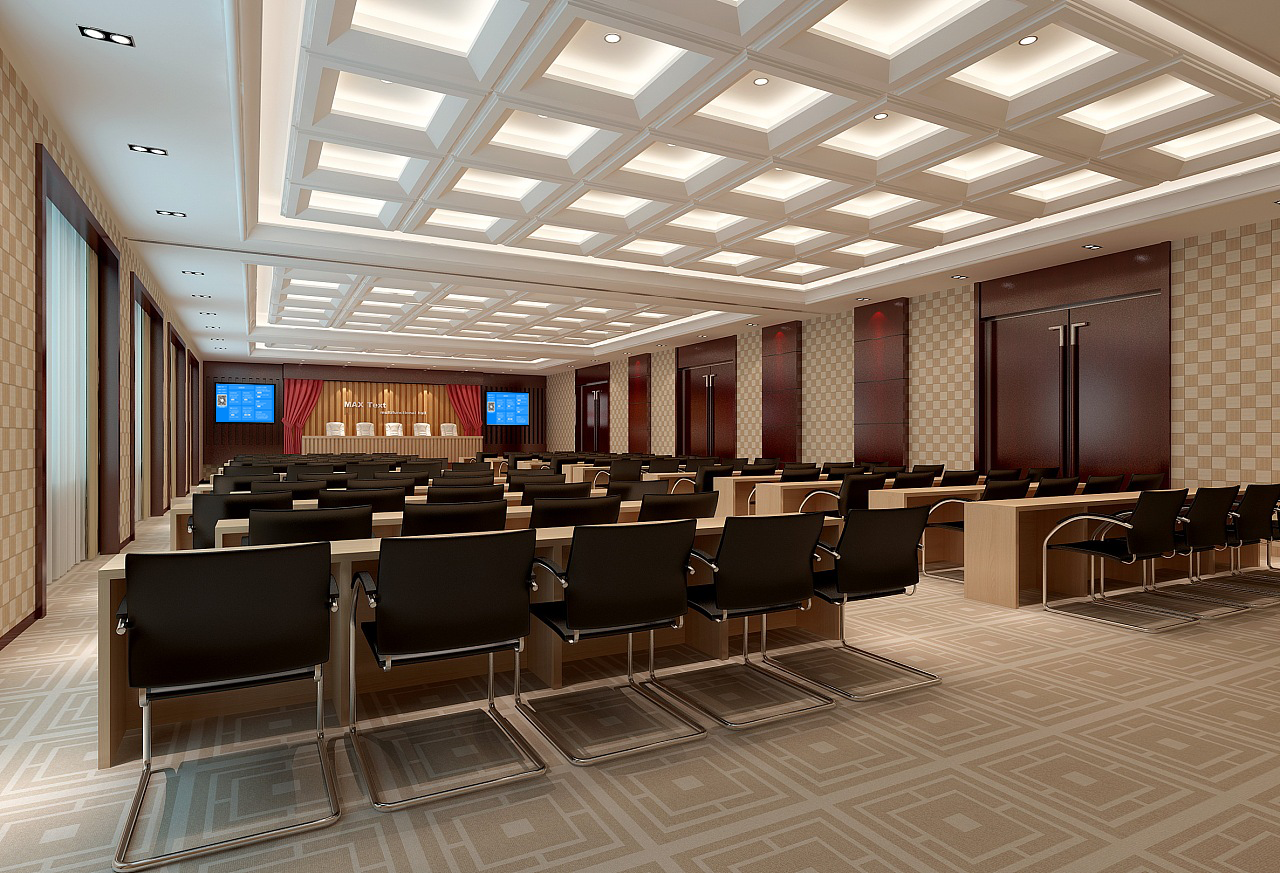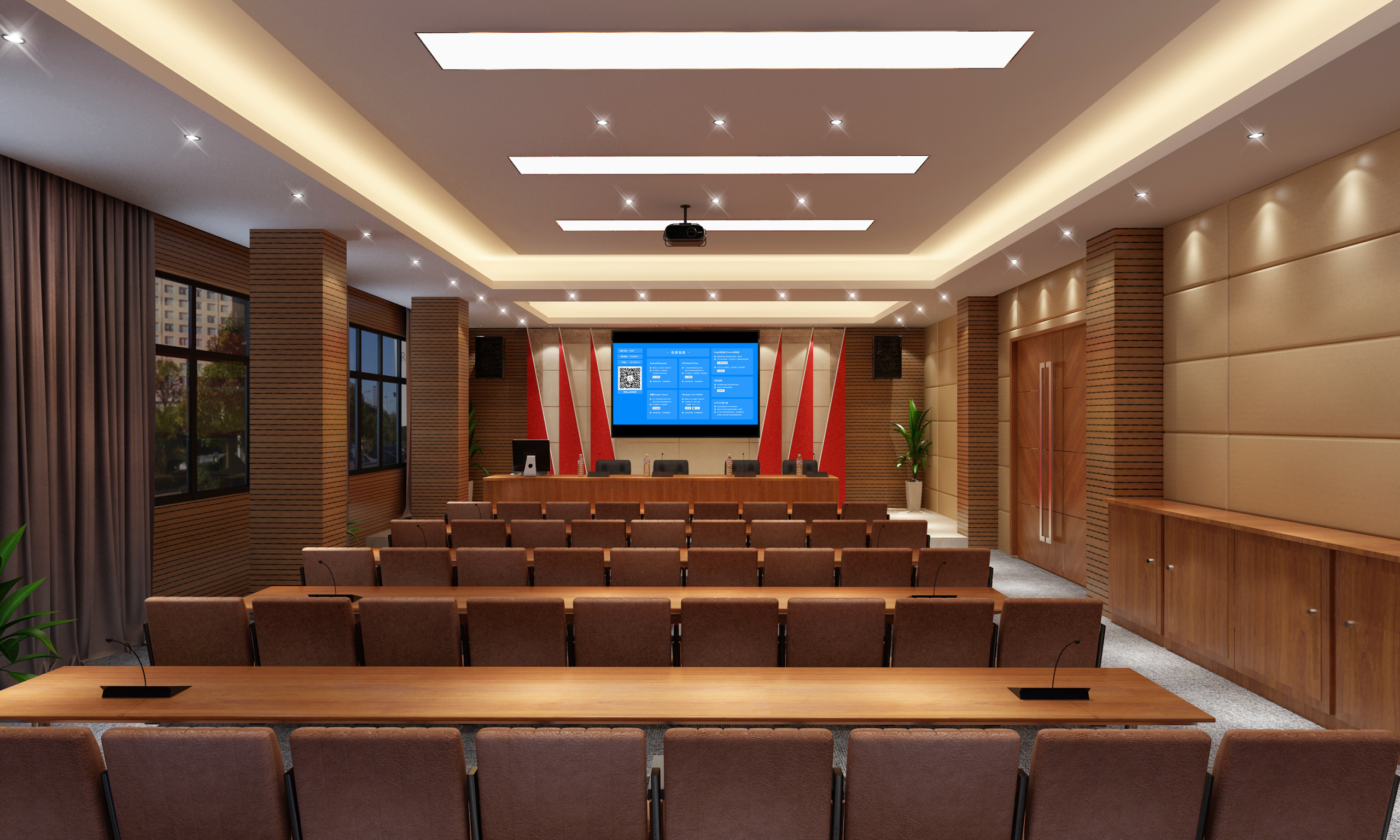DLNA Solution: A Multi-Device Audio-Visual Interconnection Solution
The DLNA solution is based on the Digital Living Network Alliance standard. Combined with proprietary optimization technologies, it enables the wireless sharing of multimedia content among various brands of devices, such as phones, computers, TVs, and speakers. Without complex settings, it allows audio and video resources to flow freely between terminals, providing a convenient content transmission experience for scenarios like home entertainment, office presentations, and educational interactions.
Core Technology Advantages
- Deep Integration of All Protocols: It natively supports the DLNA protocol and is compatible with mainstream transmission protocols like AirPlay and Miracast, achieving seamless connection between cross-system devices. Through Bijie’s protocol conversion technology, it solves compatibility issues between different brands of devices, ensuring that videos from an Android phone can be mirrored smoothly to an Apple TV, and music from a Windows computer can be synchronized to Android speakers, increasing the device interconnection success rate to 99.5%.
- High-Definition, Stable Transmission: Using dynamic bitrate adjustment technology, it optimizes the transmission link based on the DLNA standard. It supports 1080P HD video and lossless audio transmission, with playback latency controlled within 100ms and an audio-visual synchronization error of <50ms. Even in a network environment with multiple devices transmitting at the same time, it avoids stuttering and disconnections, meeting the high-quality needs of movie playback and music streaming.
- Zero-Learning-Cost Operation: There is no need to install a dedicated app. After devices join the same network, they are automatically recognized and DLNA certified. Photos from a phone’s album can be “pushed” to the TV with a single click, and a PPT from a computer can be “projected” to a conference screen with one click. The number of operating steps is simplified to 2 or fewer, so anyone, including the elderly and children, can easily get started.
Key Function Design
- Multi-Terminal Content Linkage: It supports “one-to-many broadcasting” and “multi-source aggregation.” A family video from a phone can be pushed to both the living room TV and the bedroom projector at the same time. Background music from a computer can be synchronized to speakers in multiple rooms, achieving full-house music coverage. Conversely, devices like TVs and projectors can actively read audio and video files stored on a phone or NAS, enabling two-way content flow.
- Intelligent Format Adaptation: A built-in multimedia decoding engine automatically recognizes mainstream formats like MP4, MP3, and JPG. For special formats not supported by the DLNA protocol, it uses Bijie’s transcoding technology to convert them in real time, ensuring that the mirrored content plays smoothly. The format compatibility range is expanded to over 95%.
- Tiered Permission Control: It supports device group management. In a home scenario, a “child mode” can be set, allowing only educational videos and music to be pushed. In an office scenario, a “review mechanism” can be enabled, where DLNA-mirrored content must be confirmed by an administrator before being displayed, preventing irrelevant content from causing distractions and ensuring information security.

Scenario-Based Implementation Solutions
(I) Home Entertainment Scenarios
- Audio-Visual Sharing: Via a Bijie DLNA gateway, a travel video filmed on a phone can be pushed to the 4K TV in the living room with one click, and the sound system can be used to output surround sound. When the family is gathered to watch, the phone can be used as a remote to adjust the progress and switch episodes. Lossless music from a computer can be synchronized to speakers in the bedroom and kitchen, creating an immersive entertainment experience with whole-house music coverage.
- Photo Flow: During a family gathering, friends’ and family’s phones automatically join the DLNA sharing group after connecting to the network. The photos they have taken can be mirrored to the TV for a slideshow in real time. It supports swiping to switch and zooming in to view, allowing everyone to share wonderful moments without having to pass their phones around, increasing the fun of interaction by 60%.
(II) Office Presentation Scenarios
- Meeting Presentations: A salesperson can use their phone to push a product promotion video to a client’s large conference room screen via DLNA, while simultaneously mirroring a proposal PPT from their computer. Both can be displayed in a split-screen view. The client can use a tablet to retrieve and zoom in on detailed images from the phone for discussion. This eliminates the need for USB copies and increases the efficiency of data transfer by 40%. When paired with a Bijie meeting terminal, it can enable the linkage between DLNA-mirrored content and whiteboard annotations, allowing for immediate marking of key points.
- Exhibition Interaction: TVs and touch screens at an exhibition are connected to the network via a Bijie DLNA module. Staff can use a phone to push a new product video to a designated screen, and visitors can scan a QR code to retrieve related product introductions. The content is displayed in a pop-up window on the screen automatically, extending the dwell time of visitors by 30%.
(III) Educational Interaction Scenarios
- Classroom Audio-Visual Teaching: A teacher can use a computer to push an educational documentary to the classroom’s projector via DLNA, while using their phone to control the playback progress. When the video is paused, they can annotate knowledge points on the projected screen. Students can film an experiment video with a tablet and send it back to the teacher’s terminal via DLNA, and the whole class can analyze the details of the experiment together, increasing classroom participation by 50%.
- Outdoor Classroom Sharing: In a natural science class, students can film the growth of a plant with their phones and mirror it to a mobile projector via a Bijie portable DLNA terminal. Groups can discuss the characteristics of the image. The teacher can push a related plant guide from their phone to the projector, comparing and explaining the attributes of the plants and breaking the spatial limitations of a traditional classroom.
Management and Assurance System
- Centralized Device Management: Administrators can use the Bijie management platform to view the real-time status of all DLNA devices, including online status, connection records, and content transmission types. It supports remotely enabling/disabling the DLNA function of a device and setting transmission bandwidth limits to prevent it from occupying too much network resource.
- Content Security Protection: It uses a device whitelist mechanism, allowing only authorized terminals to join the DLNA network. The content is encrypted during transmission to prevent audio and video files from being illegally intercepted or tampered with, ensuring the security of sensitive content like commercial videos and teaching materials.
- Simple O&M Support: A built-in self-diagnosis function automatically detects potential causes like network environment and device compatibility when a DLNA connection issue occurs, and pushes a solution to the administrator’s terminal. It supports online firmware upgrades, continuously optimizing transmission performance and reducing maintenance costs.
The core value of the DLNA solution is to allow devices of different brands and systems to break through technical barriers and form an interconnected multimedia ecosystem. From sharing audio and video at home to efficient presentations in the office and interactive sharing in the classroom, it enables the free flow of content with simple operations, redefining the collaborative experience of digital devices.